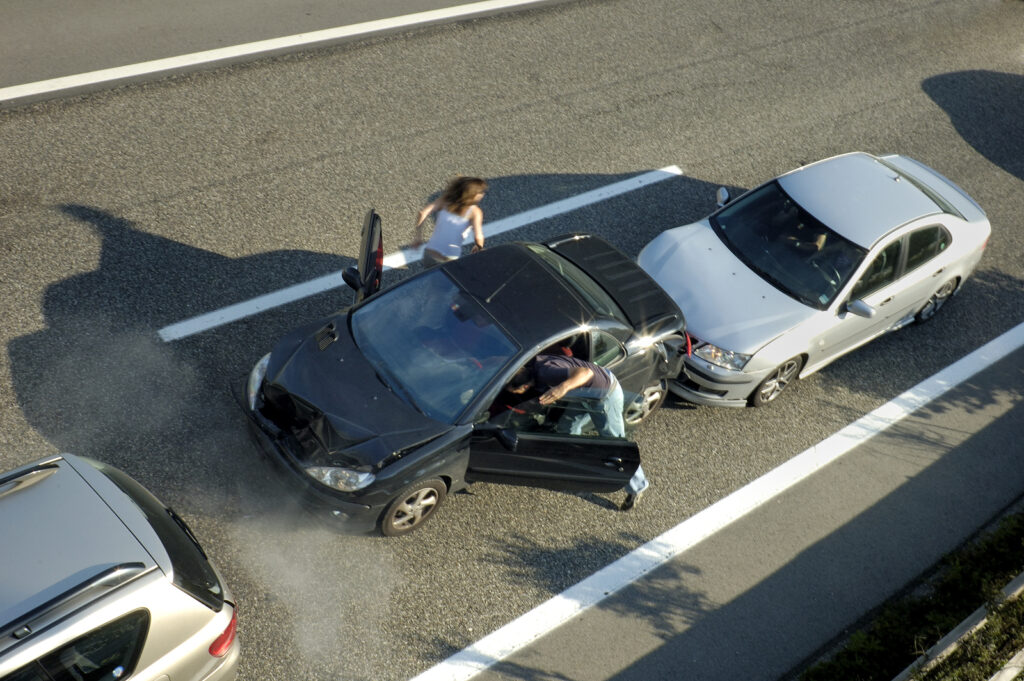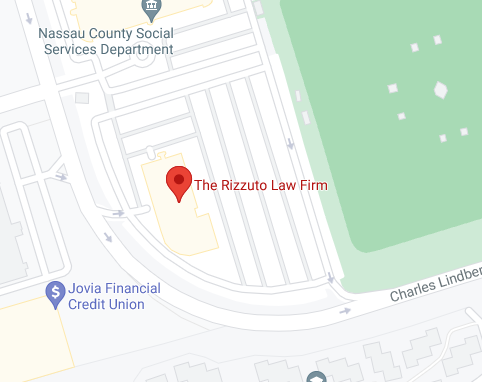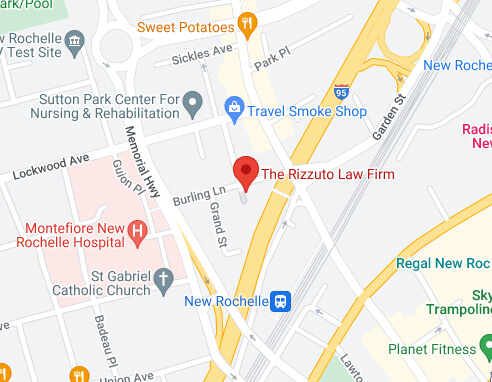Understanding Sidewalk Liability in New York City
Construction is an important industry in New York. It’s fundamental to the city’s growth, development, and transformation. From the skyscrapers of Manhattan to the revitalized neighborhoods in Brooklyn and Queens, construction plays a crucial role in the city’s skyline, economy, and community. However, it is also one of the most dangerous sectors to work in, with numerous hazards that can result in serious injuries or even fatalities. Safety regulations are crucial in preventing construction accidents, ensuring workers are protected and projects are completed without unnecessary risks.
The Importance of Safety Regulations
Safety regulations are designed to mitigate the inherent risks associated with construction work. They establish standards and protocols that must be followed to protect workers from hazards such as being struck by objects, falls, electrocution, and being caught in or between machinery and materials. Enforcing these regulations significantly reduces the likelihood of accidents, leading to fewer injuries and fatalities.
Key Safety Regulations in New York
New York has several critical regulations aimed at safeguarding construction workers. Understanding these regulations is essential for both workers and employers in the industry.
New York Labor Law Section 240
Commonly known as the Scaffold Law, New York Labor Law Section 240 mandates that proper scaffolding and other safety measures be provided for workers involved in tasks at elevated heights. This law holds property owners and contractors liable for ensuring that these safety measures are in place and effective. The Scaffold Law is crucial in preventing falls, which are among the leading causes of construction-related injuries and deaths.
OSHA Regulations
The Occupational Safety and Health Administration (OSHA) sets federal standards for workplace safety, which are also enforced in New York. OSHA regulations cover a broad spectrum of safety issues, including fall protection, excavation safety, electrical safety, and the proper use of personal protective equipment (PPE). Compliance with OSHA standards is mandatory for all construction sites, ensuring consistent safety across the industry.
NYC Department of Buildings (DOB) Codes
The NYC Department of Buildings (DOB) enforces building codes and safety regulations specific to New York City. These codes address various safety aspects, including structural integrity, fire safety, and worker protection. The DOB conducts regular inspections to ensure compliance with these codes, helping to maintain safe construction sites throughout the city.
The Impact of Safety Regulations
Safety regulations profoundly impact the construction industry, fostering a safer work environment through various means.
Training and Education
One of the basic aspects of safety regulations is the requirement for proper training and education. Workers must receive adequate training and certification before performing specific tasks, ensuring they know about safety procedures and handling hazardous situations. Continuous education and training programs help workers stay current on the latest safety practices and technologies.
Use of Safety Equipment
Regulations mandate using personal protective equipment (PPE), such as hard hats, safety harnesses, gloves, and eye protection. This equipment is vital in protecting workers from common hazards on construction sites. Proper PPE use can prevent injuries from falls, flying debris, electrical shocks, and other potential dangers.
Regular Worksite Inspections
Safety regulations require regular inspections of construction sites by safety officers and regulatory bodies. These inspections help identify potential hazards and ensure compliance with safety standards. By addressing safety issues promptly, the risk of accidents is significantly reduced.
Accountability and Liability
Safety regulations hold employers and contractors accountable for maintaining safe work environments. This accountability creates a culture of safety, where companies prioritize worker protection to avoid penalties, legal issues, and reputational damage. Enforcing strict liability regulations ensures that safety is a top priority for all stakeholders in the construction industry.
Challenges and Ongoing Efforts
Despite the robust safety regulations in place, challenges remain. The construction industry constantly progresses, with new technologies and methods requiring updated safety protocols. Additionally, ensuring compliance can be difficult, especially in smaller projects or among subcontractors who may not prioritize safety. To address these challenges, ongoing efforts are needed.
Continuous Training and Education
Regular training programs are essential to inform workers about the latest safety practices and technologies. Continuous education helps workers adapt to new methods and tools, ensuring they can work safely in a constantly changing industry.
Enhanced Enforcement and Inspections
Enhanced enforcement and inspections are crucial to ensuring construction site safety and compliance with regulations. The primary purpose of enforcement and inspections is to ensure that construction sites comply with local, state, and federal safety regulations. Strengthening enforcement mechanisms guarantees compliance with safety regulations across construction projects. Increased inspections and stricter penalties for violations can deter negligence and promote adherence to safety standards.
Public Awareness Campaigns
Raising awareness among workers and the general public about the importance of construction safety and the role of regulations is vital. Public awareness campaigns can highlight the risks involved in construction work and the measures to protect workers. By fostering a culture of safety, these campaigns can encourage everyone involved in construction projects to prioritize safety.
Injured on a Construction Site? Get the Justice You Deserve!
Construction accidents can lead to devastating injuries, lost wages, and mounting medical bills. You need a legal team that understands the complexities of construction law and is dedicated to fighting for your rights. The Rizzuto Law Firm won’t rest until we’ve secured the maximum compensation for your injuries, lost wages, and pain and suffering. Take the first step towards getting the justice you deserve by contacting The Rizzuto Law Firm today at 516-604-5496 for a free case evaluation. We go to bat for you!









